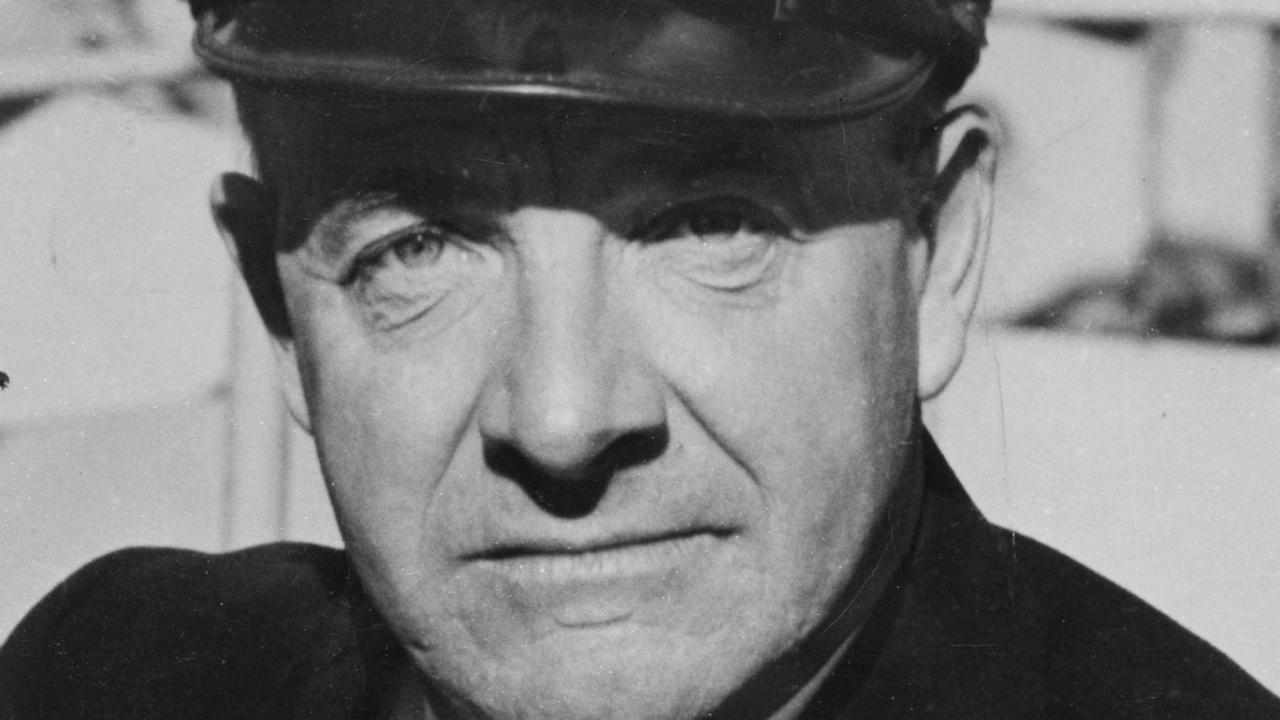Desperate US rebel colonists found a new way to fight the British when they launched the submarine as weapon of war
WHEN the Americans were desperate for a way to drive the British from New York they tried going under water.

Today in History
Don't miss out on the headlines from Today in History. Followed categories will be added to My News.
NOT long after America’s Declaration of Independence, the rebel colonists were on the back foot following the defeat of their Continental Army in New York in August 1776. Desperate to expel the British from this strategically vital city, the Americans looked for a new way to fight. They tried to implement a bold new weapon — under water.
On this day, 240 years ago, the ingenious rebel forces attempted the world’s first submarine attack. Targeting the British warships moored in New York Harbour they unleashed the Turtle, a submersible craft designed by local inventor David Bushnell. While not everything went as planned, the revolutionary vessel managed to evade detection, showing the potential for this new form of clandestine warfare.

In 1776 the Americans found themselves in a desperate situation. Although they had successfully driven the British from Boston in March 1776, the evacuated British redcoats quickly headed for New York, arriving in June.
Over the course of July and August the British were reinforced by troops from Canada and Europe, and mercenaries from the German state of Hesse. British commander General Sir William Howe invited the commander of the Continental Army, General George Washington, to peace talks but Washington rejected the offer of a pardon saying that since the Americans had done no wrong they had no need of a pardon. The peace talks broke down.

On August 22 the British invaded New York. On August 27 the British and American armies fought the battle of Long Island, the largest battle of the Revolutionary War. Facing certain annihilation, Washington was forced to begin evacuating his troops. By August 29 he had retreated to Manhattan. But Washington still had a card up his sleeve.
He had been offered a secret weapon by Bushnell, a young American Yale graduate. Born in Saybrook, Connecticut, in 1742, Bushnell was the son of a farmer. When his father died he sold the farm to finance his education at Yale. Specialising in science, he discovered gunpowder could explode underwater and looked at ways of using this as a weapon.

Bushnell designed a sealed underwater barrel-shaped vessel, which could float below the surface with just a small section visible above, that could swim through the water like a turtle. It was designed to be piloted by one man, who pedalled to power the propeller and achieved negative buoyancy (to make the vessel float beneath the sealine) by foot pumps that drew in or expelled water. Windows let in natural light, but the depth gauge and other instruments had phosphorescent markings allowing them to be read in the dark.
Although there were snorkels to draw in fresh air, if the vessel was submerged the operator would have only 30 minutes of air.

The Turtle had to be towed as close as possible to the target then make its own way to the ship where the operator would bore into the hull and attach a gunpowder-filled bomb, called a torpedo, setting off a timed fuse.
After his withdrawal from Long Island, Washington authorised the Turtle’s first mission. Sergeant Ezra Lee of the Continental Army volunteered for the job. His target was HMS Eagle, the flagship of Admiral Richard Lord Howe (after whom Lord Howe Island is named), the commander of the British fleet and brother of General Howe.
Lee was towed into position but had to battle currents to reach the Eagle. The British had recently begun putting copper cladding on the hulls of their ships to protect against teredo worms boring into the wood, and Lee found it hard to penetrate the copper with his drill.

He eventually had to abandon the attempt, exhausted by the peddling and confused by the build-up of carbon dioxide. Lee would later claim that he was spotted and evaded redcoats who had rowed out to investigate.
Several more attempts were made but all failed because of the complicated nature of controlling the ship under such difficult circumstances.
The Turtle is believed to have been lost when the ship that was transporting it was sunk by the British.
Washington rewarded Bushnell’s “genius” by giving him a commission as an army engineer. In his later years he studied medicine and opened his own practice in Virginia. He died in 1824.
Originally published as Desperate US rebel colonists found a new way to fight the British when they launched the submarine as weapon of war


